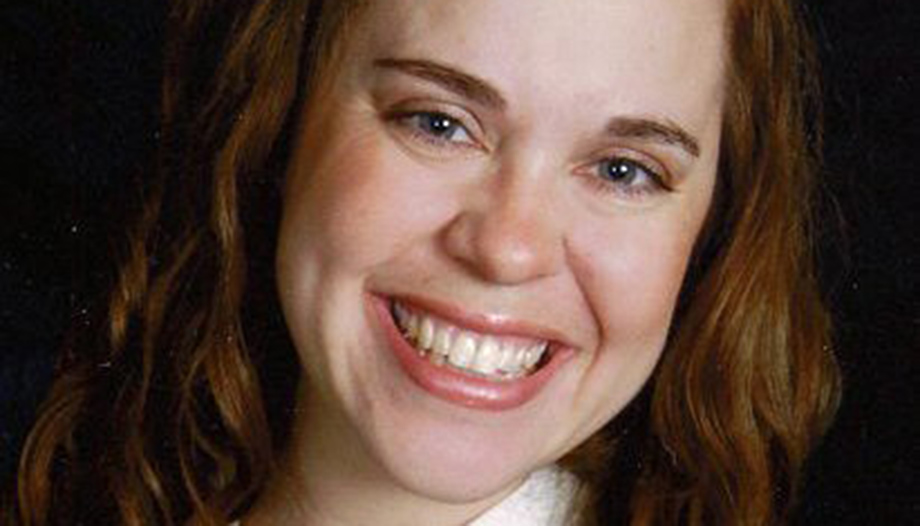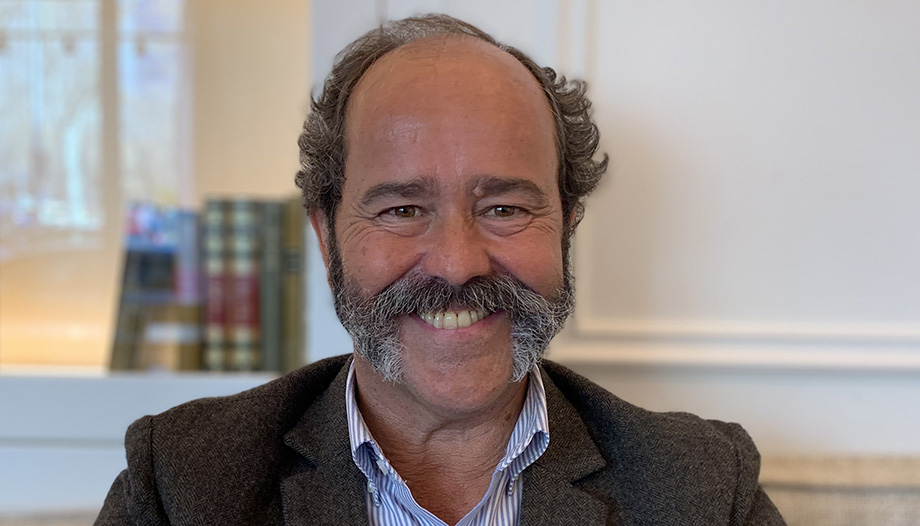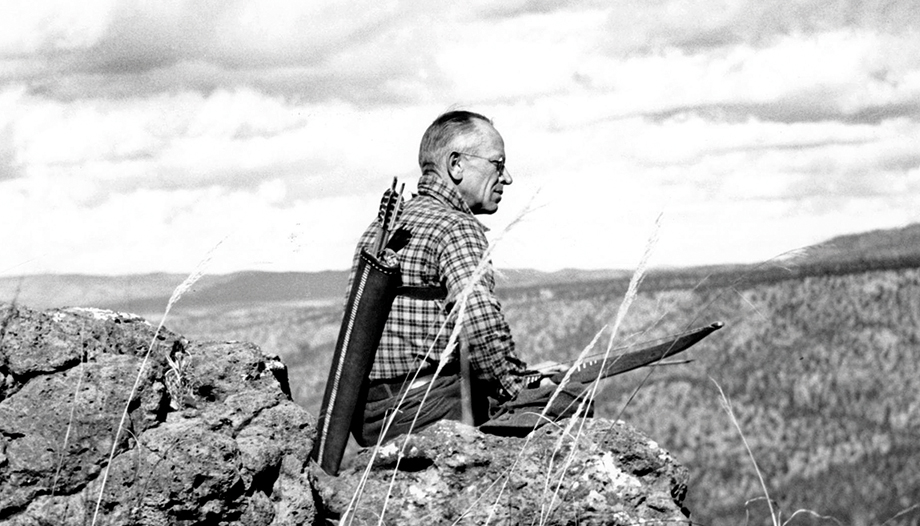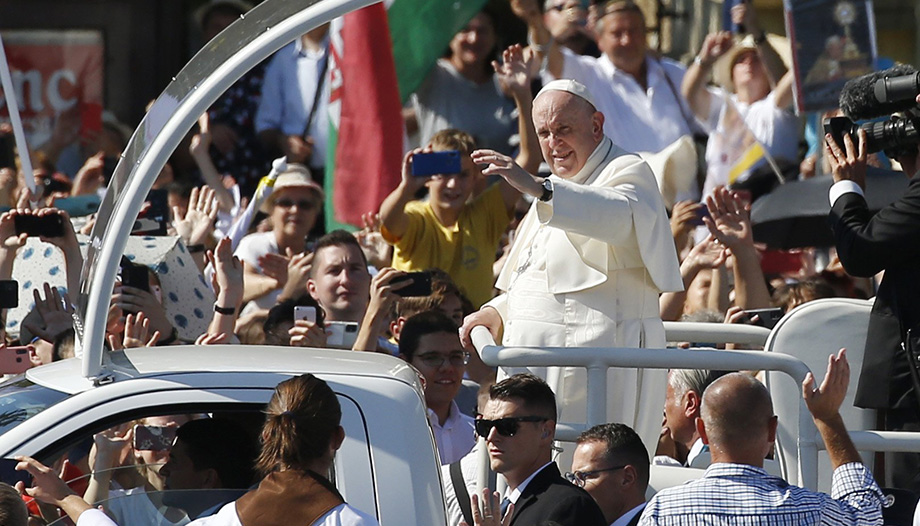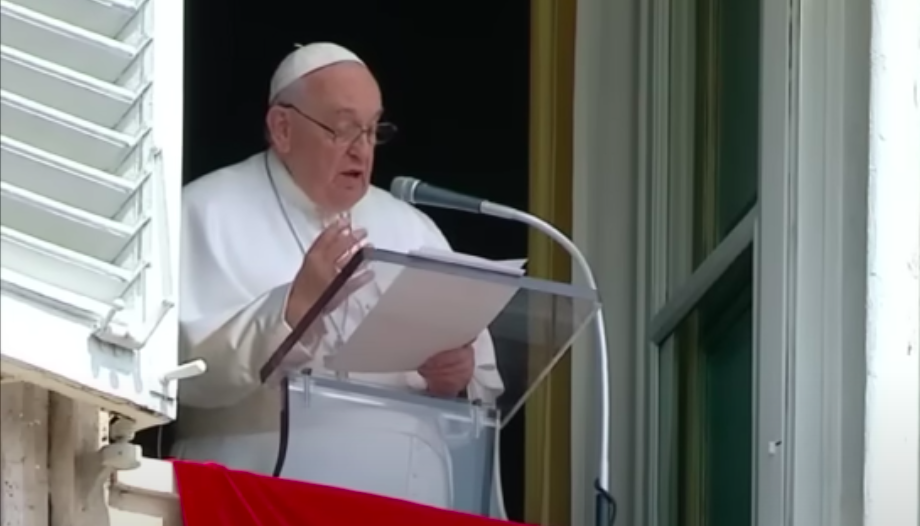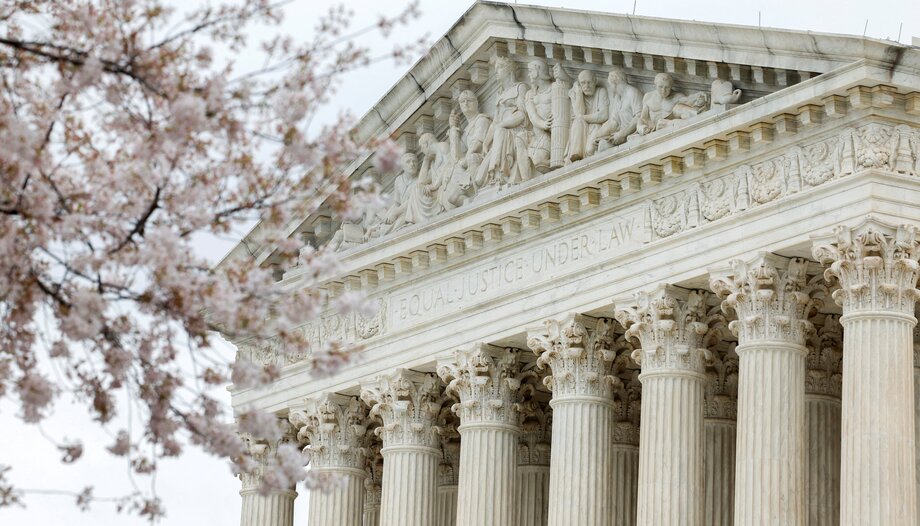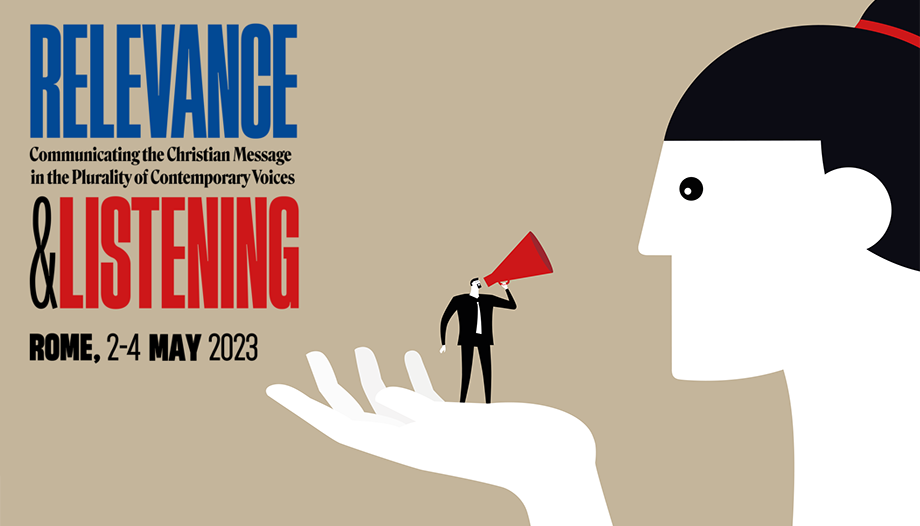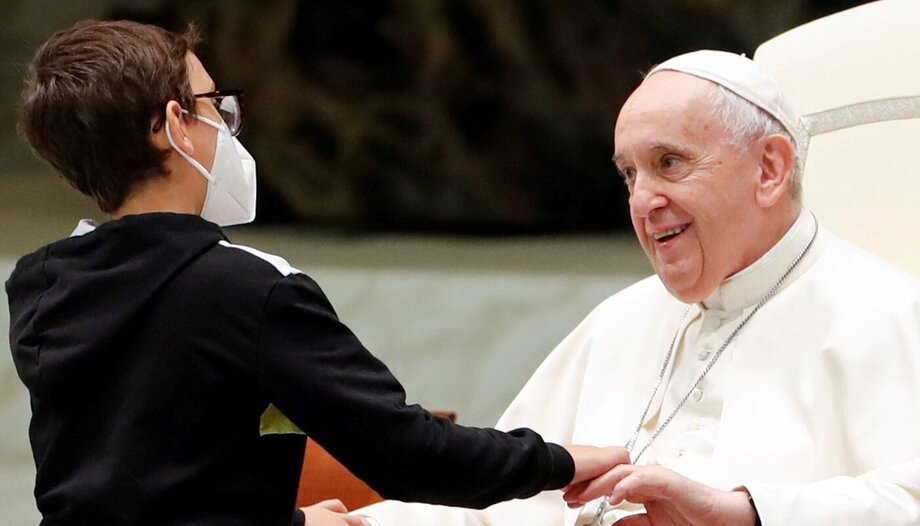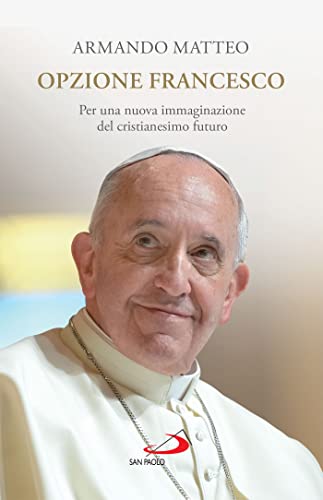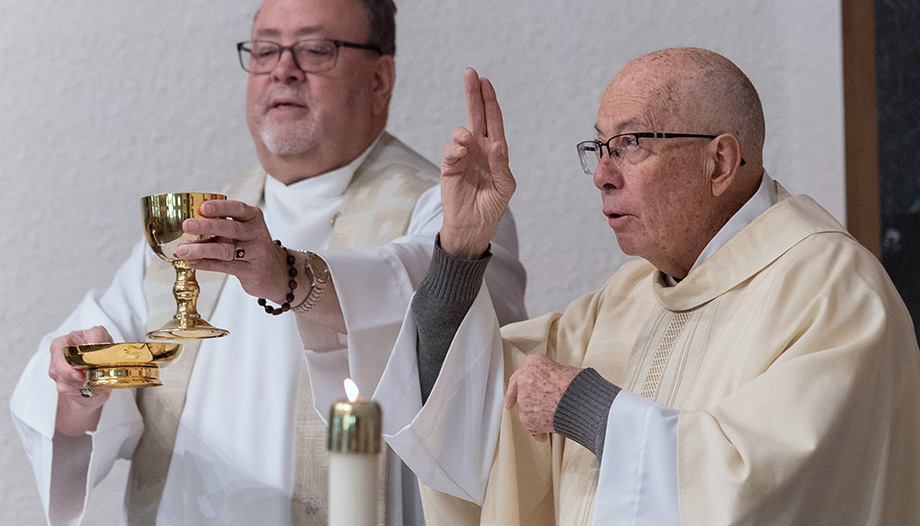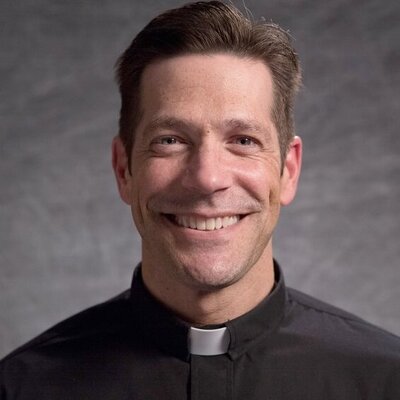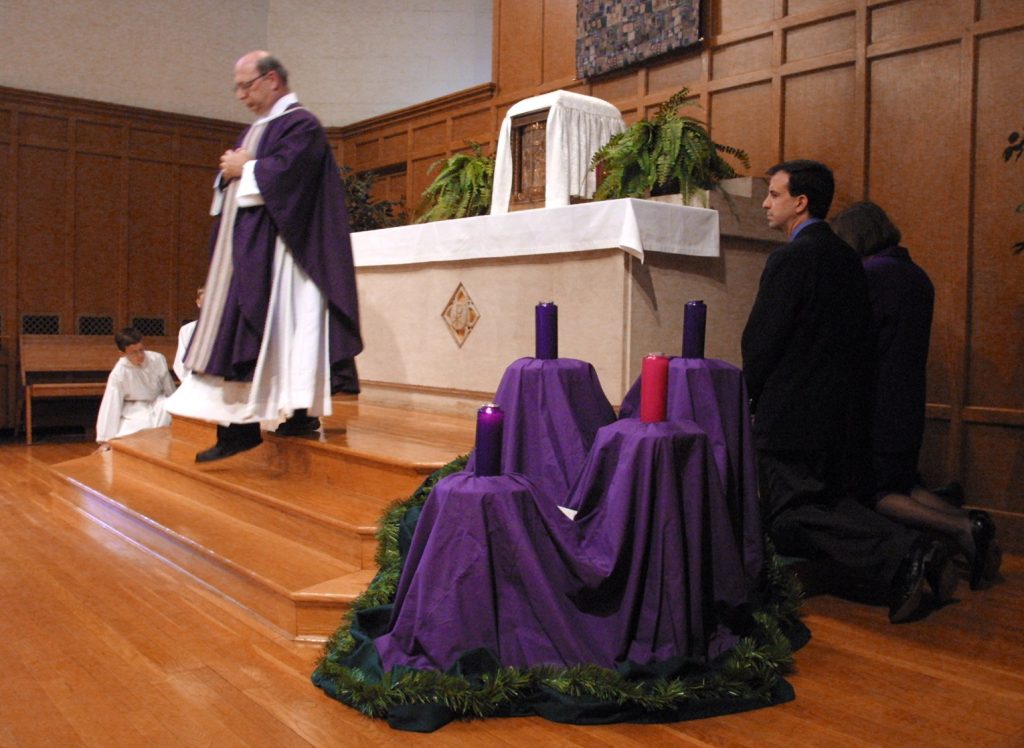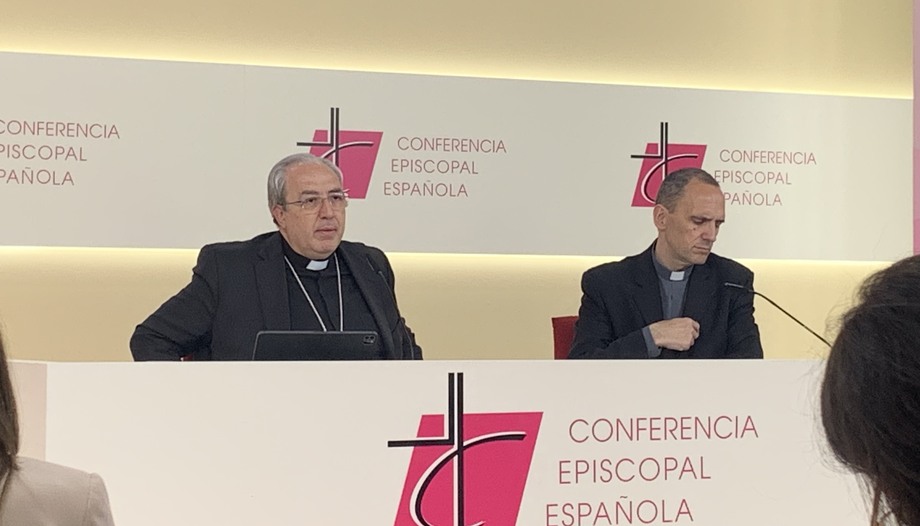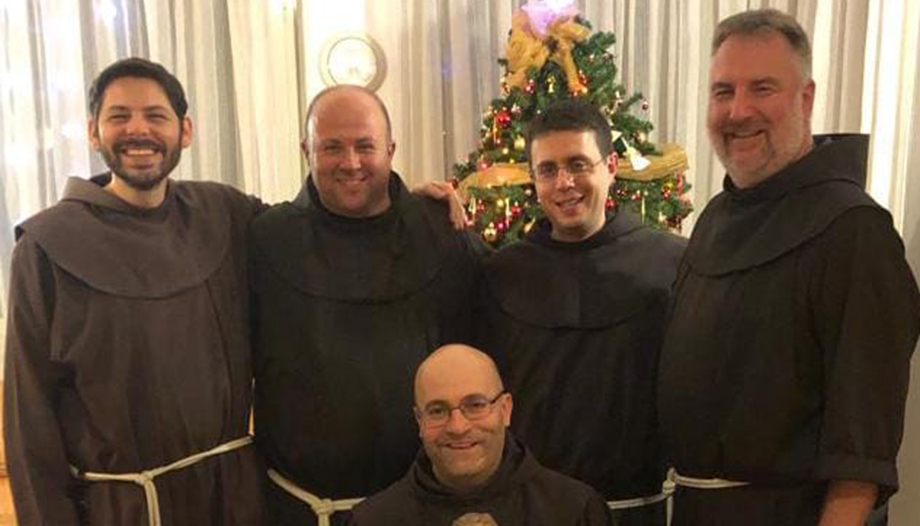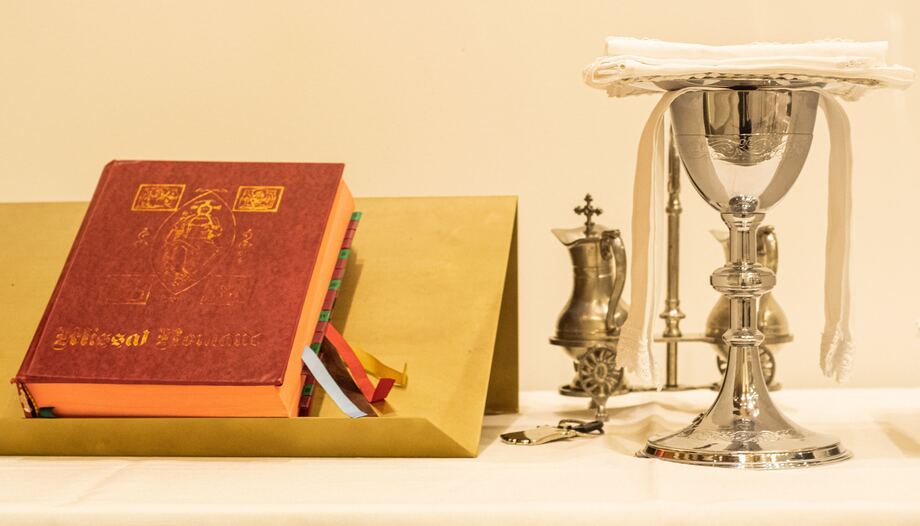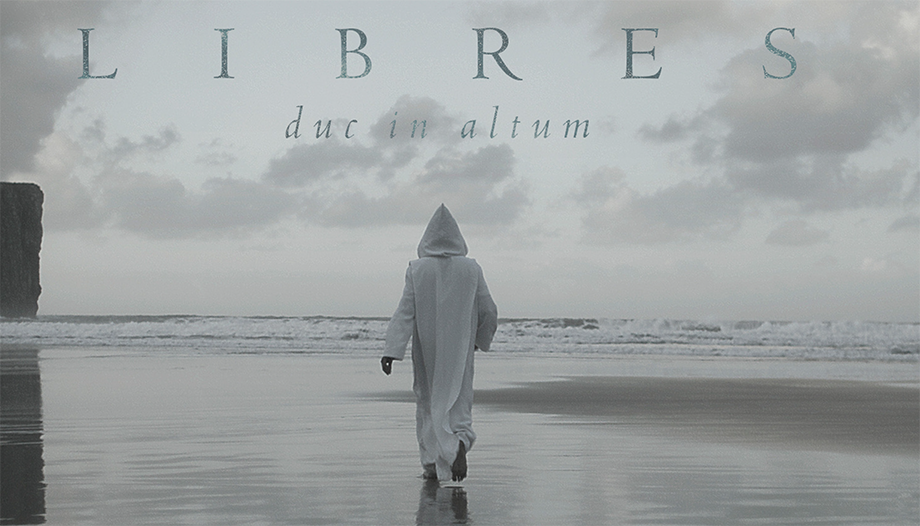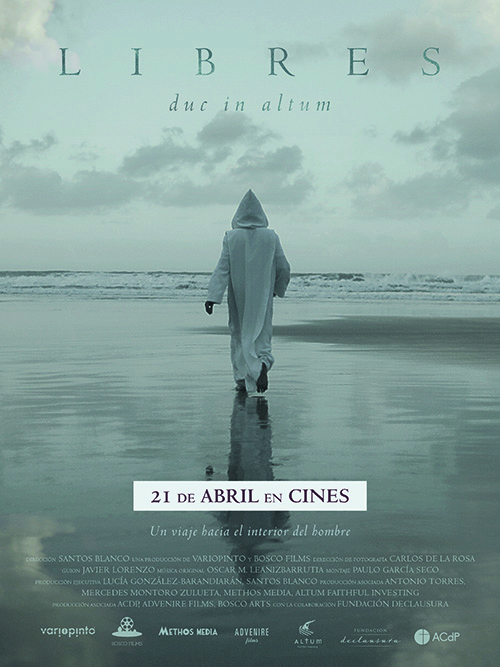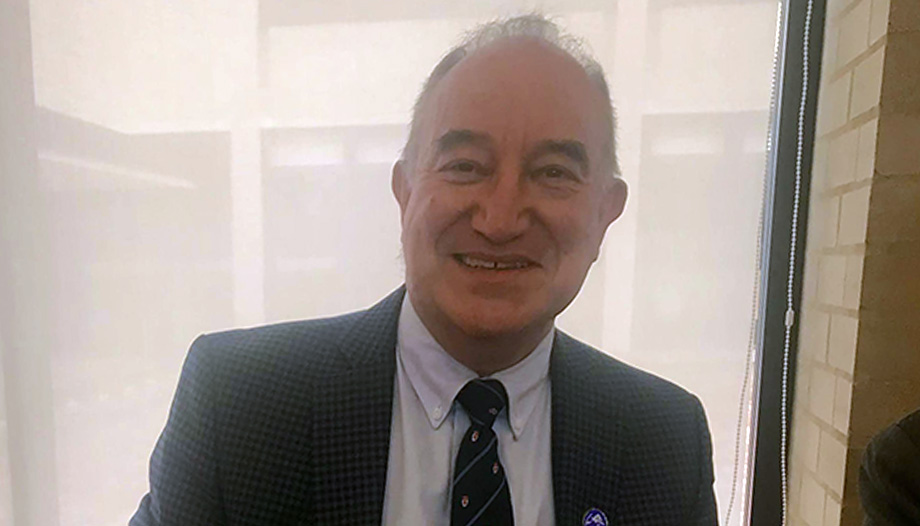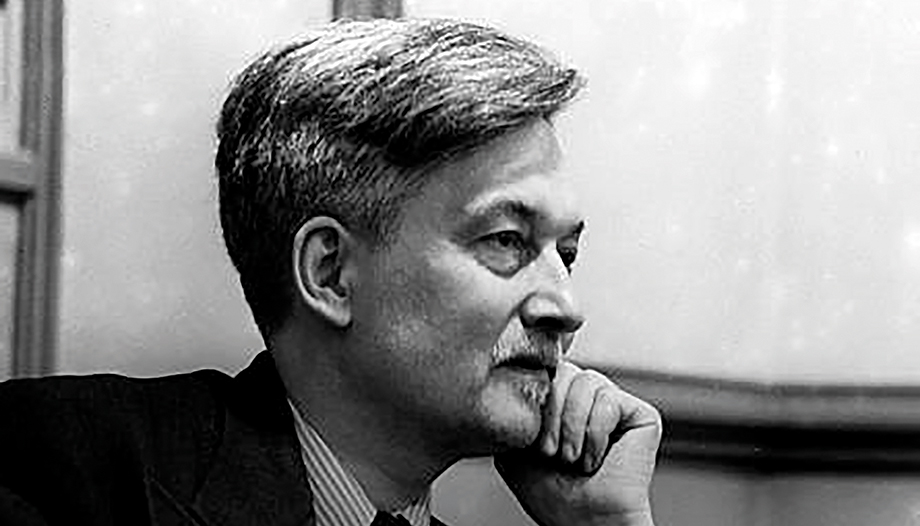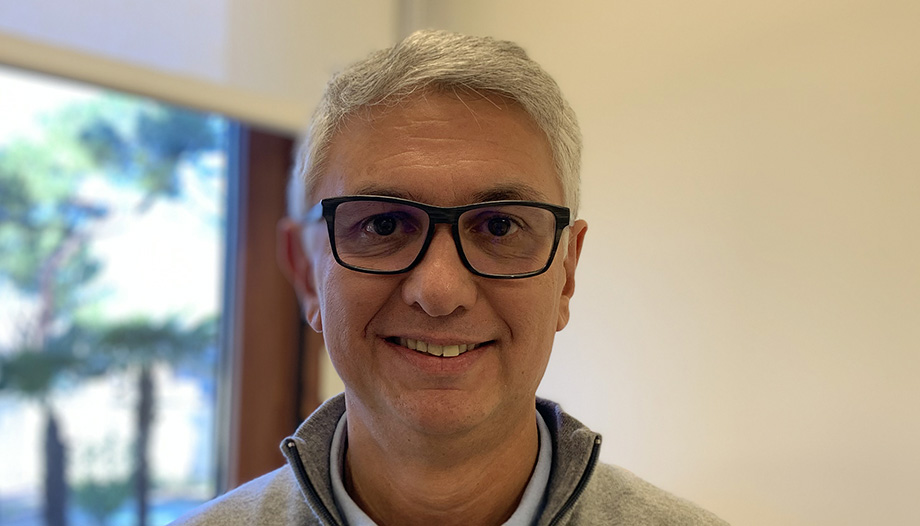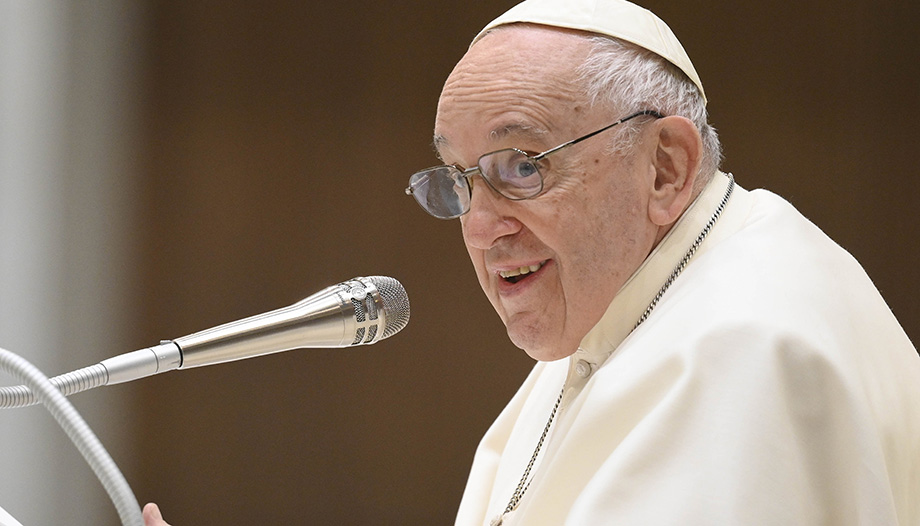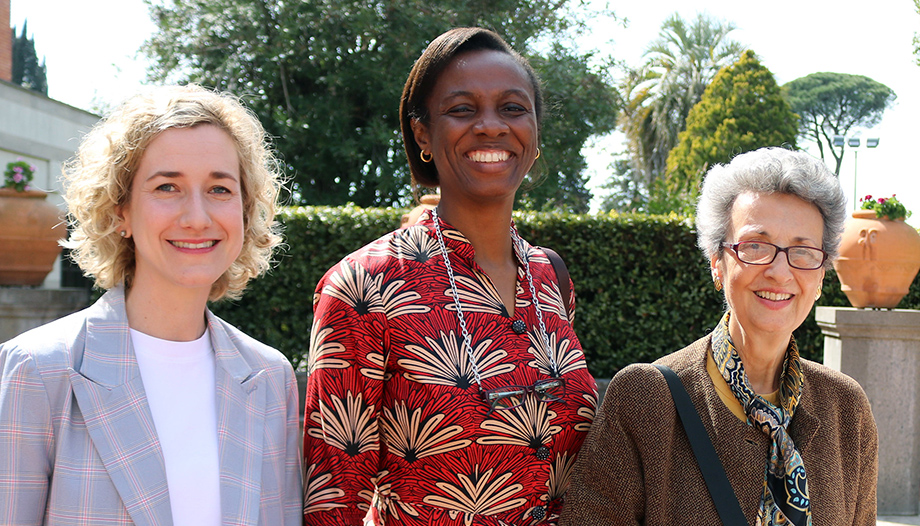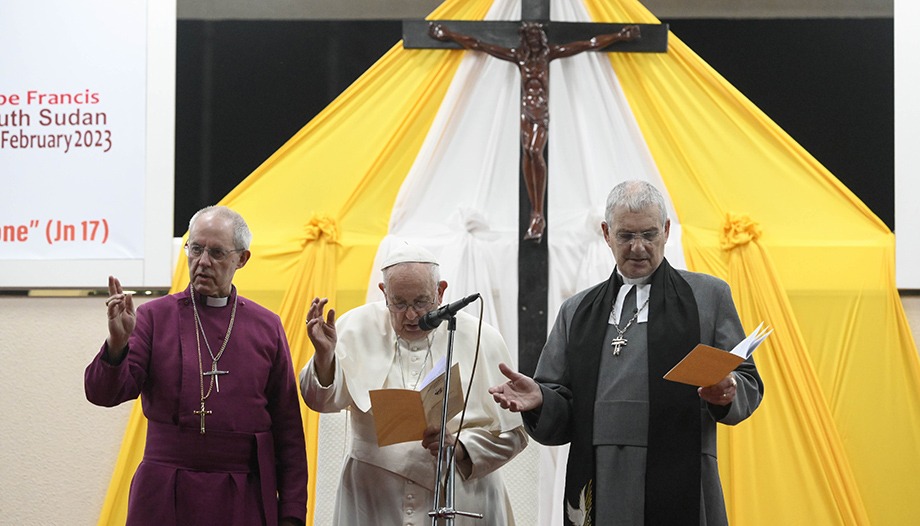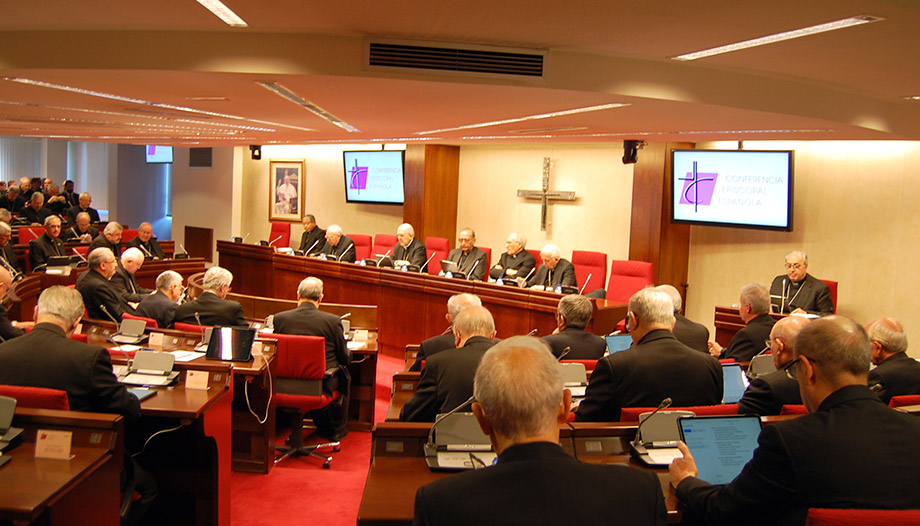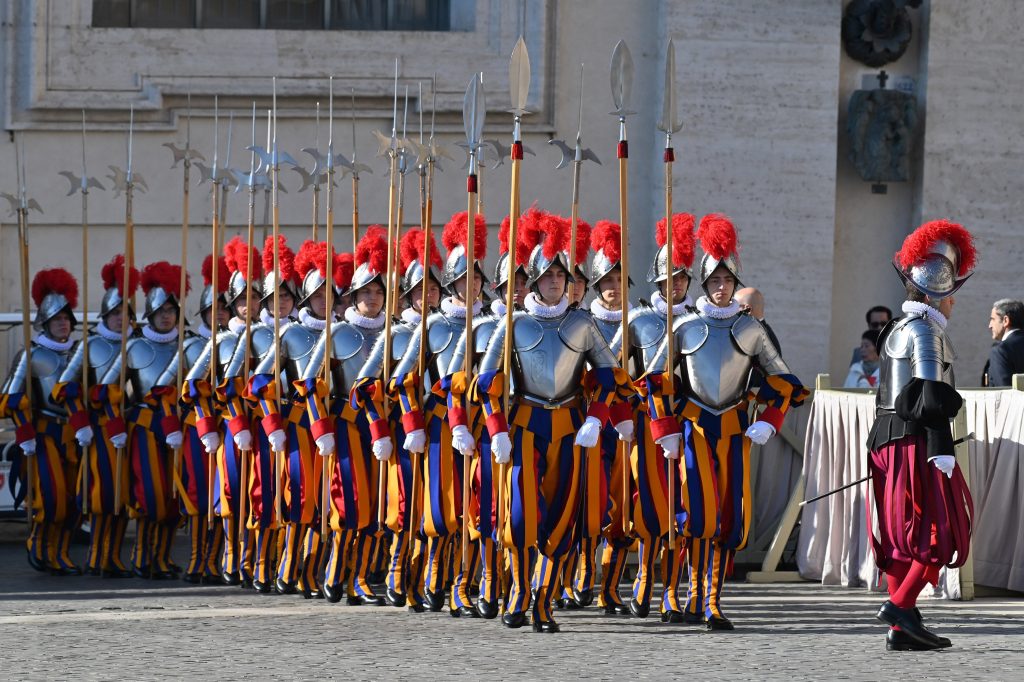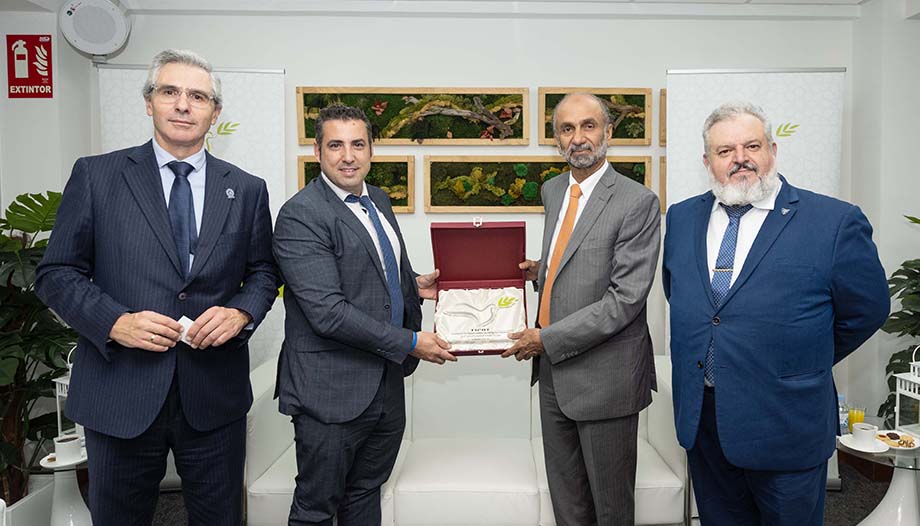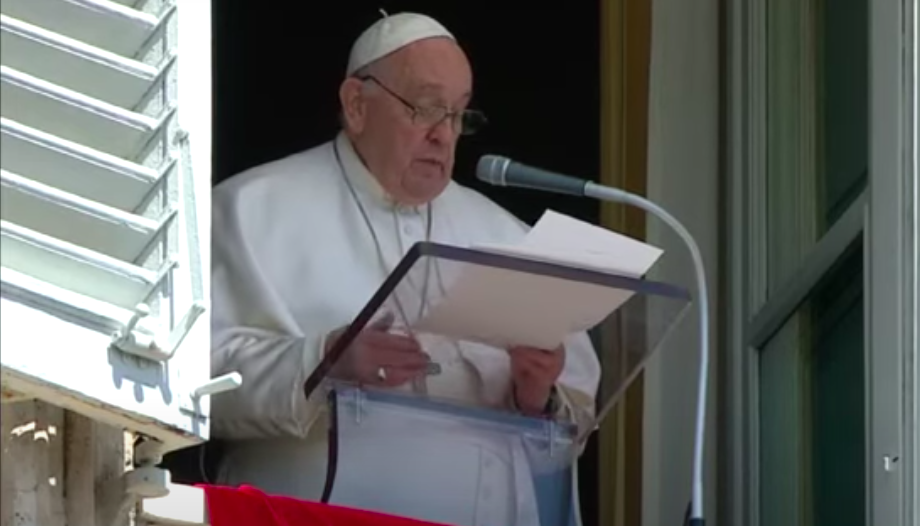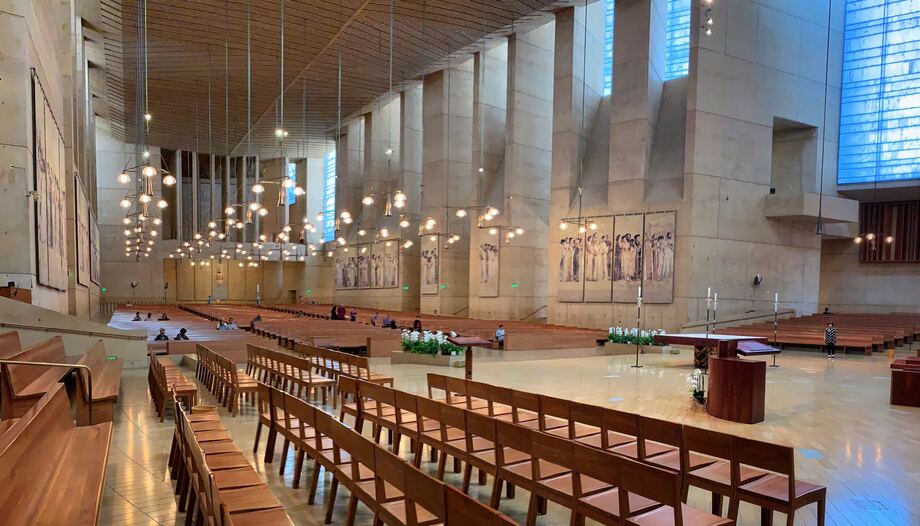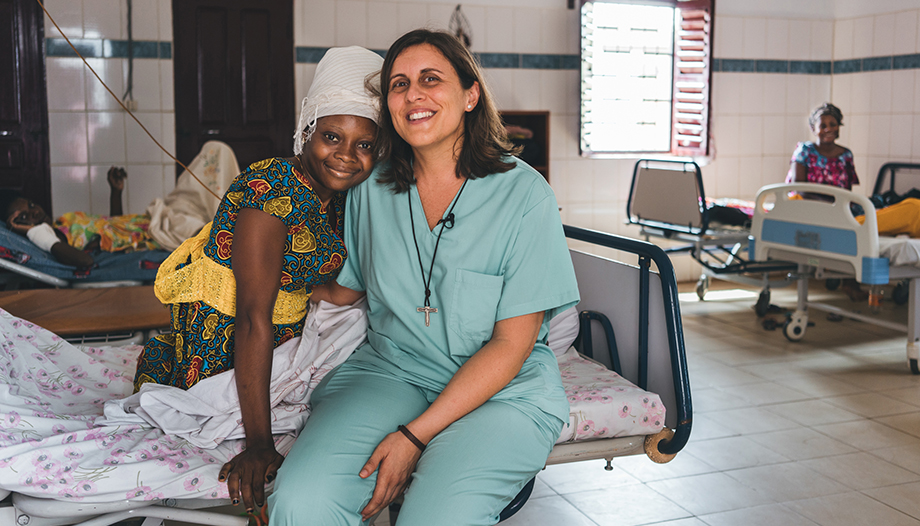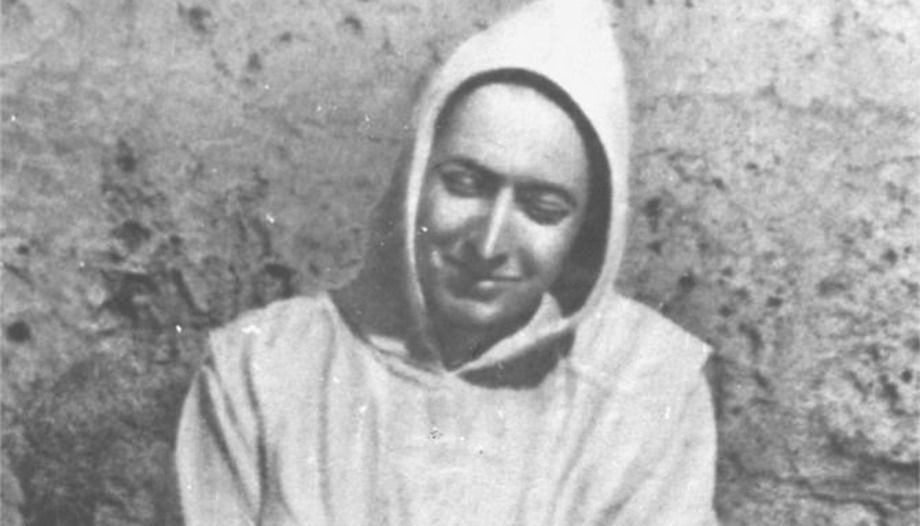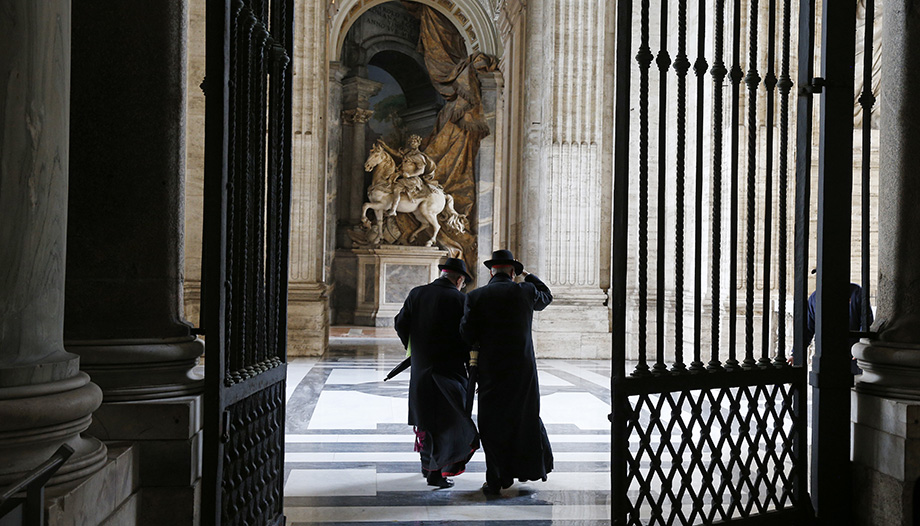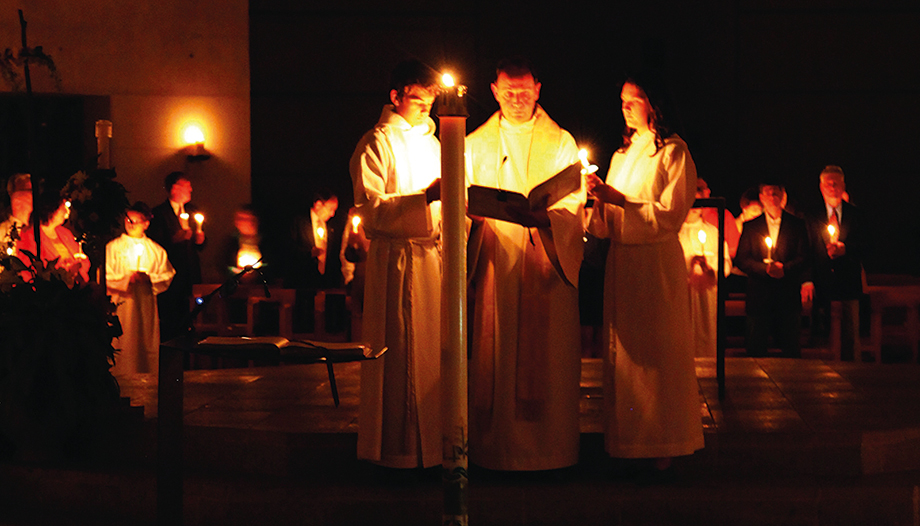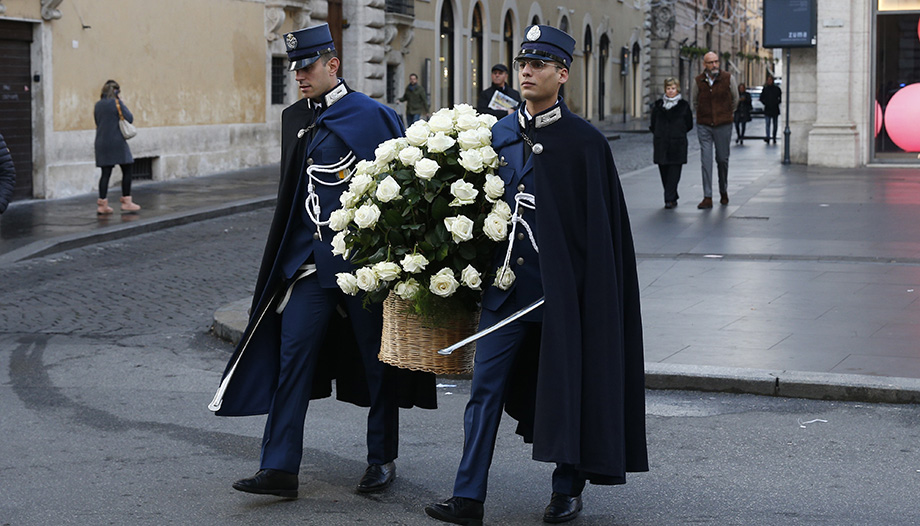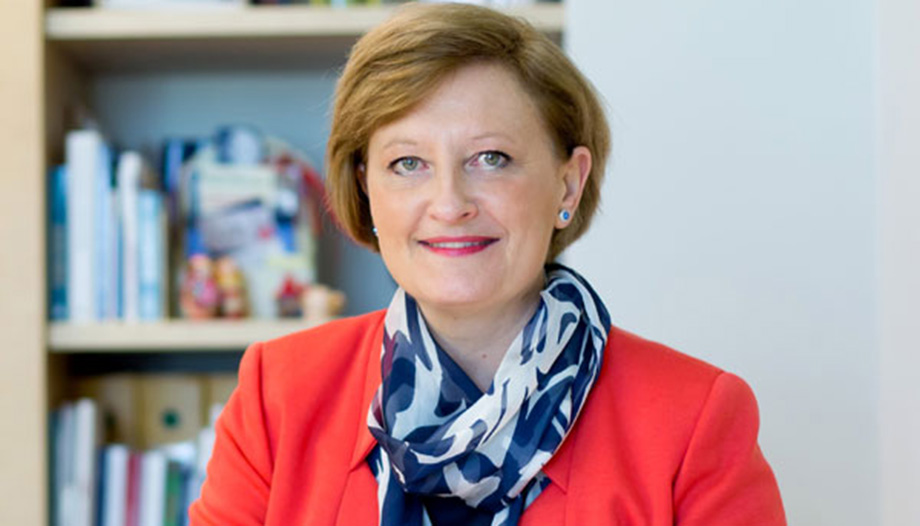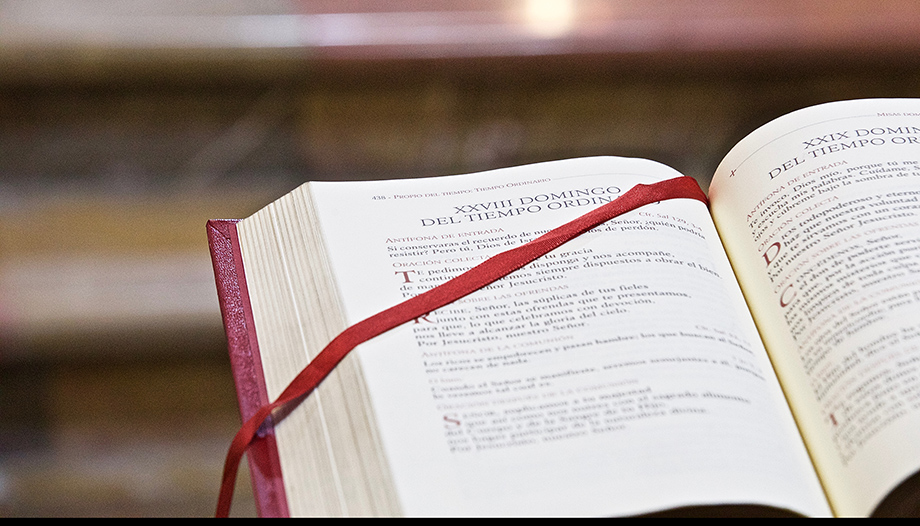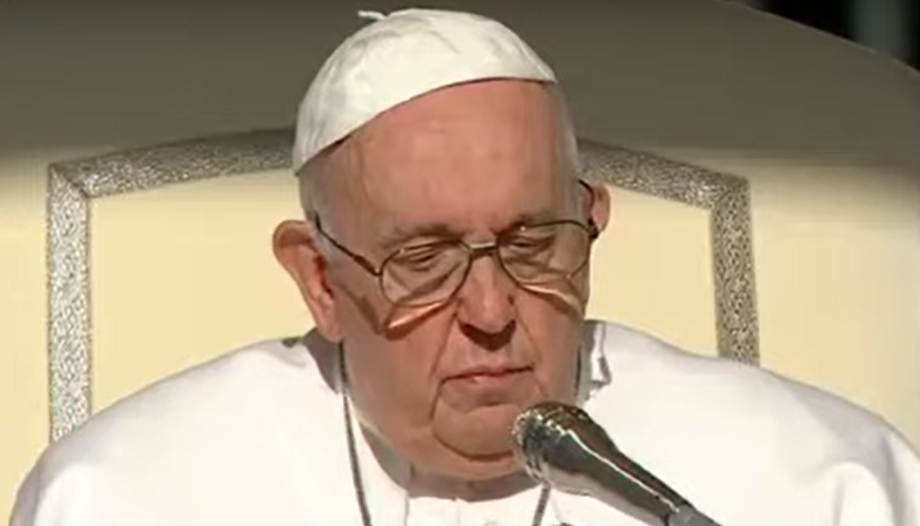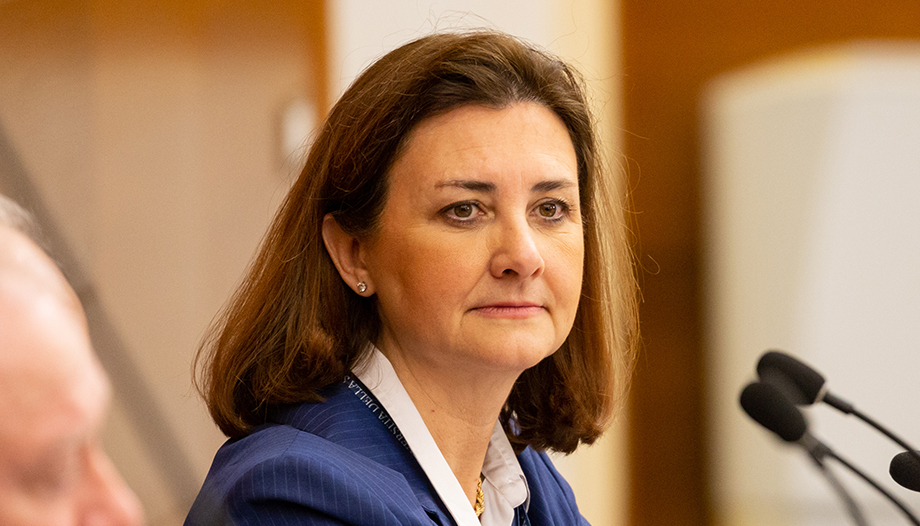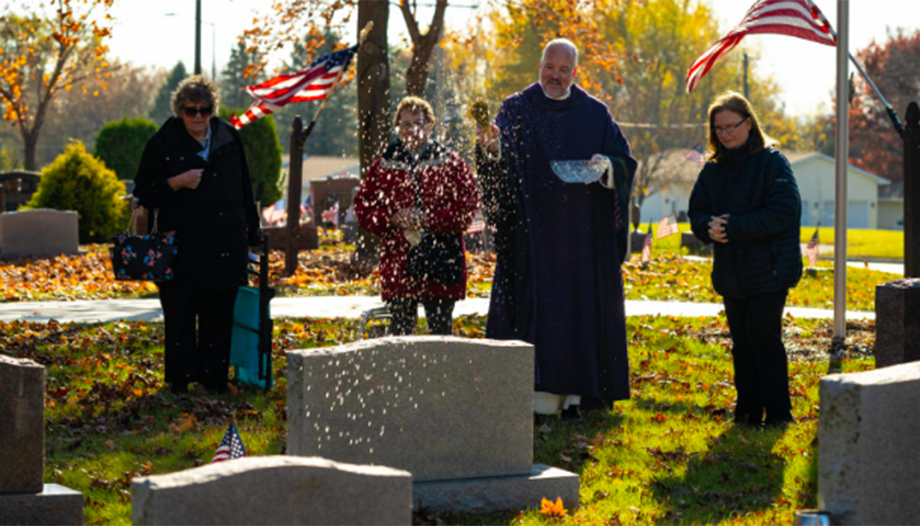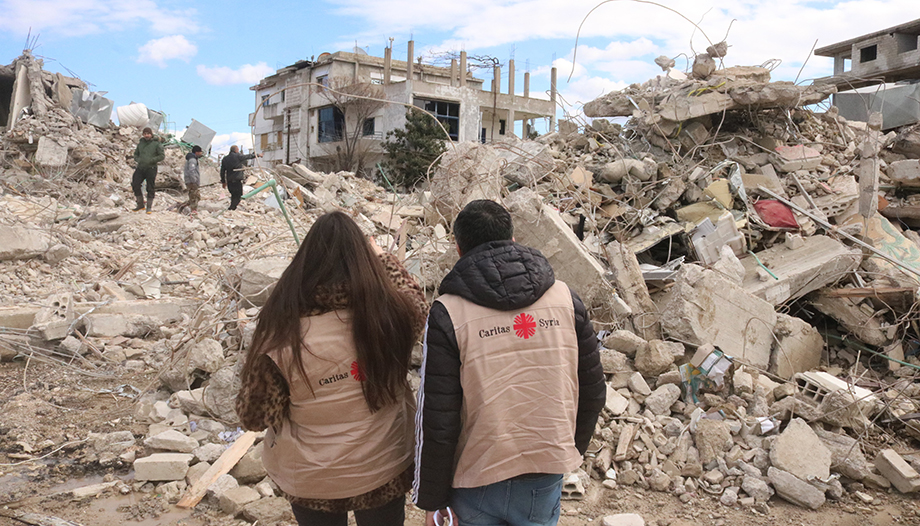Opzione Francesco: for a new image of future Christianity
AuthorArmando Matteo
Pages: 136
EditorialSt. Paul (Italian)
Year: 2023
To speak of a "Francis option", ten years into this pontificate, brings to mind the popular "Benedictine option". This was popularized six years ago with Rod Dreher's famous book of that title (it should be noted that "Benedictine" does not refer to Pope Benedict XVI, but to the Rule of St. Benedict).
Armando Matteo, professor of theology in Rome, secretary of the Dicastery for the Doctrine of the Faith, and who has dedicated several books to the study of the transmission of the faith to young people, believes that the anniversary of the pontificate can be a good time to take up again the theme of the pontificate. Evangelii Gaudium. This first document of Francis generated some excitement for the evangelizationbut perhaps it was an illusion as intense as it was fleeting. So, in order to have it clearer, he now traces what in his opinion could be considered the itinerary of that missionary proposal of the Pope.
The challenge of a new imagination
It may be that these ten years of having the first Hispanic American Pope, the first Jesuit Pope, and the first Pope son of the Vatican Council II have caught us a bit off guard. But, Matteo thinks, after this time has passed, perhaps it is "the propitious occasion for a concrete discernment of what we believers are called to do in this hour of history. We cannot simply watch, post or comment, with greater or lesser benevolence, on what the Pope does, says, celebrates. It is time to choose.
Matteo acknowledges his debt to Dreher -who left Catholicism to become Orthodox almost twenty years ago - inasmuch as the latter has awakened awareness of the need to seek a new imagination for future Christianity. The fact that we inhabit the world in a very different way from how it was inhabited two or three generations ago - we can think of life expectations, communication, medicine, information, rest, capacity for movement, affective relationships or, at a deeper level, the understanding of faith-world relationships or the value of intimacy - are the facts that both Dreher and Matteo have on the table. From there, however, different motivations emerge and different conclusions are reached.
Time to choose
The question Matteo has in mind - and which, in his opinion, is the one that challenges the Christian imagination - is: why is the Church in the West going through a serious "birth crisis"? It is a demographic winter even stronger than the one affecting natural births. Why does the Church not seem able to give birth to men and women who find in Christ the horizon of their lives?
These questions, logically, can be extended to the institutions that live within the Church. This "time of choice" supposes, in the first place, and always according to the Italian professor, a triple act of honesty. First, to accept that we are living through a definitive change of epoch, which has been in the making for a few centuries. Then, to accept with serenity that Christian civilization has come to an end. And, finally, to accept that a change of pastoral mentality is urgently needed to connect Jesus with people, to give shape to a proclamation that connects the desires of the heart of contemporary man with the person of Jesus Christ.
Christianity is for everyone
Pope Francis - continuing intuitions that are easy to find in Benedict XVI - has clearly noted both the intergenerational rupture in the transmission of the faith and the end of Christian-based civilization. He said in point n. 70 of Evangelii GaudiumWe cannot ignore the fact that in recent decades there has been a rupture in the generational transmission of the Christian faith among Catholics. It is undeniable that many feel disenchanted and no longer identify with the Catholic tradition, that more parents do not baptize their children and do not teach them to pray, and that there is a certain exodus towards other communities of faith". He then goes on to list the possible causes of this rupture.
Change of mentality
Francis also said in his Christmas message to the Curia three years ago: "We are no longer in Christendom. Today we are not the only ones who produce culture, nor the first, nor the most listened to. Therefore, we need a change of pastoral mentality, which does not mean moving to a relativistic pastoral. We are no longer in a regime of Christianity because faith-especially in Europe, but even in much of the West-no longer constitutes an obvious presupposition of common life; in fact, it is often even denied, mocked, marginalized and ridiculed."
In this context, Armando Matteo recognizes that there are other important problems in the Church, such as sexual abuse and abuse of power, to which can be added many known tensions; "but its real crisis is only one, that which was initiated by the words of Francis: the 'denatality'. When the Church loses her dimension of fruitfulness, of motherhood, she loses everything and becomes something else, which can even be interesting and useful, but has nothing to do with the mission that Jesus entrusted to his disciples (...). The Church is herself only to the extent that she is animated by the missionary dream of reaching out to all".
The announcement of Christianity
For Matteo, the discussion of whether Christianity is destined to be a minority or not is self-referential and ends up being a waste of time. The proclamation - and here perhaps there is a first difference with Dreher - must be thought for everyone; any person must hear in it, and in each of its parts, something that connects with his own search for a good life.
In fact, the first problems arise when preaching focuses only on those who already believe, because, then, the missionary tension -which is its raison d'être- fades away and, moreover, little by little, the discourse is disconnected from its true objective, which is to bring the human to its fullest expression, to reveal the truth about man. The fact is, however, that more and more young people do not believe that Christianity contributes anything to their search for a happy life (although, certainly, there is no lack of signs of hope, as in the World Youth Days initiated by John Paul II). Matteo, for example, makes a list of words from the world of catechesis that no longer exist in the common heritage of those who grow up in our days. That unity of language - and, therefore, of imagination - that perhaps facilitated the transmission of the faith, no longer exists.
Friendship and fraternity in the face of individualism
Perhaps the most questionable aspect of Matteo's work can be found in the sociological foundation he develops in order to establish a diagnosis and draw up guidelines for action. After looking at the new ways of inhabiting the world mentioned above, he proposes a change from a pastoral care directed to a humanity that lives in "a valley of tears" - a pastoral care that would decline fundamentally in consoling - to a pastoral care directed to a humanity of unbridled joy - which would decline in witnessing to the joy that arises from its encounter with Jesus. These sociological categories, which delineate them perhaps too precisely, are debatable, but they do not make the subsequent paths any less valuable.
In short, Armando Matteo proposes to generate a way of evangelizing that has friendship as its central nucleus and is capable of generating a new fraternity that witnesses to the joy of the encounter with Christ. Friendship and fraternity, of course, are not words absent from previous forms of evangelization, but perhaps in the new context described above they too can acquire a new force.
Church "going out".
In this context, one can better understand many of the images used by Francis to give shape to this Church "going out". (the field hospital, a Church wounded by the streets is better than one sick with enclosure, a house with open doors instead of a customs house, etc.). And the hope is that this attitude can give way to the "dream of a new fraternity"; a fraternity that overcomes its main enemy which would be, in Matteo's words, "individualism, widespread and sad, which dominates the society of infinite commerce and which leads to what Luigi Zoja has defined as 'the death of the neighbor'".
But this openness to friendship is not only an outward attitude, or an extra commitment at certain specific moments, but is rooted in a spiritual conversion. Francis says in number 92 of Evangelii GaudiumThe way of relating to others that really heals us instead of making us sick is a mystical, contemplative fraternity that knows how to look at the sacred greatness of others, that knows how to discover God in every human being, that knows how to tolerate the discomforts of living together while clinging to the love of God, that knows how to open its heart to divine love in order to seek the happiness of others as its good Father seeks it".
The poor
This conversion gives a privileged place to closeness to the poor - and to all types of peripheries - also in order to learn from them about God, understanding them not only as a social category, but also as an authentically theological place.
This closeness and openness can function as an antidote to what Francis calls "spiritual worldliness," which is not, as one might think, about diluting the Church's message in the interests of the world, but rather about introducing "worldly" - or non-Christian - logics into the spiritual life.
This illness is developed at length in numbers 93 and 97 of the Apostolic Exhortation: "Spiritual worldliness, which hides behind appearances of religiosity and even of love for the Church, means seeking human glory and personal well-being instead of the glory of the Lord. (...) Those who have fallen into this worldliness look from above and from afar, reject the prophecy of their brothers, disqualify those who question them, constantly highlight the errors of others and are obsessed with appearances. It has withdrawn the reference of the heart to the closed horizon of its immanence and its interests and, as a consequence of this, it does not learn from its sins nor is it authentically open to forgiveness. It is a tremendous corruption in the guise of good. It is necessary to avoid it by setting the Church on a movement of going out of herself, of a mission centered on Jesus Christ, of dedication to the poor".
Waiver of comfort
Already at the end of the book, after having set out these guidelines for imagining a new way of evangelizing, Matteo does not deny that preaching an openness to others, preaching the need to renounce comfort and to renounce the sedation to which a certain capitalist and individualistic model subjects us, is a matter of discomfort. It would be, then, a countercurrent mentality, but understanding that the inertia to overcome, from an anthropological point of view, is the inertia of "infinite and sad individualism".
But Matteo still has two very timely questions: where can he find the strength to do it? And why is this change of mentality so costly? To the first question - although again this is not something new, but it does require a new impetus - he answers that the strength can only come from returning to a contemplative life.
Recovering the contemplative spirit
Again, go to Evangelii Gaudiumn. 264: "The first motivation to evangelize is the love of Jesus that we have received, that experience of being saved by him that moves us to love him more and more. But what kind of love is it that does not feel the need to speak of the beloved, to show him, to make him known? If we do not feel the intense desire to communicate it, we need to stop in prayer to ask Him to captivate us again. We need to cry out every day, to ask for his grace to open our cold hearts and shake our lukewarm and superficial lives (...) To do this, we urgently need to recover a contemplative spirit that allows us to rediscover every day that we are the depositaries of a good that humanizes, that helps us to lead a new life. There is nothing better to transmit to others".
It is the contemplation of Jesus who always allowed himself to be encountered directly by everyone, as one among equals, side by side with his contemporaries. He did not see in them a burden or someone to accuse.
New generations
At the end of the essay, Armando Matteo makes a final consideration "on the real possibility that a proposal of this type can be accepted by believers themselves". He sees, concretely, three barriers. First, what he calls "bad fear" -which he distinguishes from a healthy fear of danger-, which is the fear of the unknown that corners us in the past and in ourselves; "the first fear keeps us alive, the second leads us to death". For this reason, he recommends not to move for the simple desire for change, but for the honest desire to give birth to new disciples of Jesus among the new generations.
The second obstacle is resentment at the changes brought about by secularization and the turning away of so many from Christianity. A resentment that leads only to sadness and pessimism, while forgetting the attitude of God who always seeks the good. The third barrier is that of understanding tradition as something fixed, which has little to do with the Church's yearning to bring her message to the men and women of every age and in every place, with the conviction that it carries the definitive answer to their longing for meaning and happiness.
Not to be sheep combers
In conclusion, Armando Matteo quotes some words that Pope Francis dedicated to his diocese, that of Rome, shortly after being elected as its pastor, and that can be an image that condenses this whole proposal: "In the Gospel it is beautiful that passage that speaks of the shepherd who, when he returns to the sheepfold, realizes that one sheep is missing: he leaves the 99 and goes to look for it, to look for one. But, brothers and sisters, we have one; we are missing 99! We must go out, we must go to the others!
In this culture - let us tell the truth - we have only one, we are a minority! And do we feel the fervor, the apostolic zeal to go out and seek the other 99? This is a great responsibility and we must ask the Lord for the grace of generosity and the courage and patience to go out, to go out and proclaim the Gospel. Ah, this is difficult. It is easier to stay at home, with that one sheep. It is easier with that sheep, combing it, caressing it... but we priests, you Christians too, everyone: the Lord wants us to be shepherds, not sheep combers; shepherds!".
The authorAndrés Cárdenas Matute  What is the communion of saints? The Pope explains
What is the communion of saints? The Pope explains "From conflict to communion": Pope Francis' ecumenical vision
"From conflict to communion": Pope Francis' ecumenical vision










